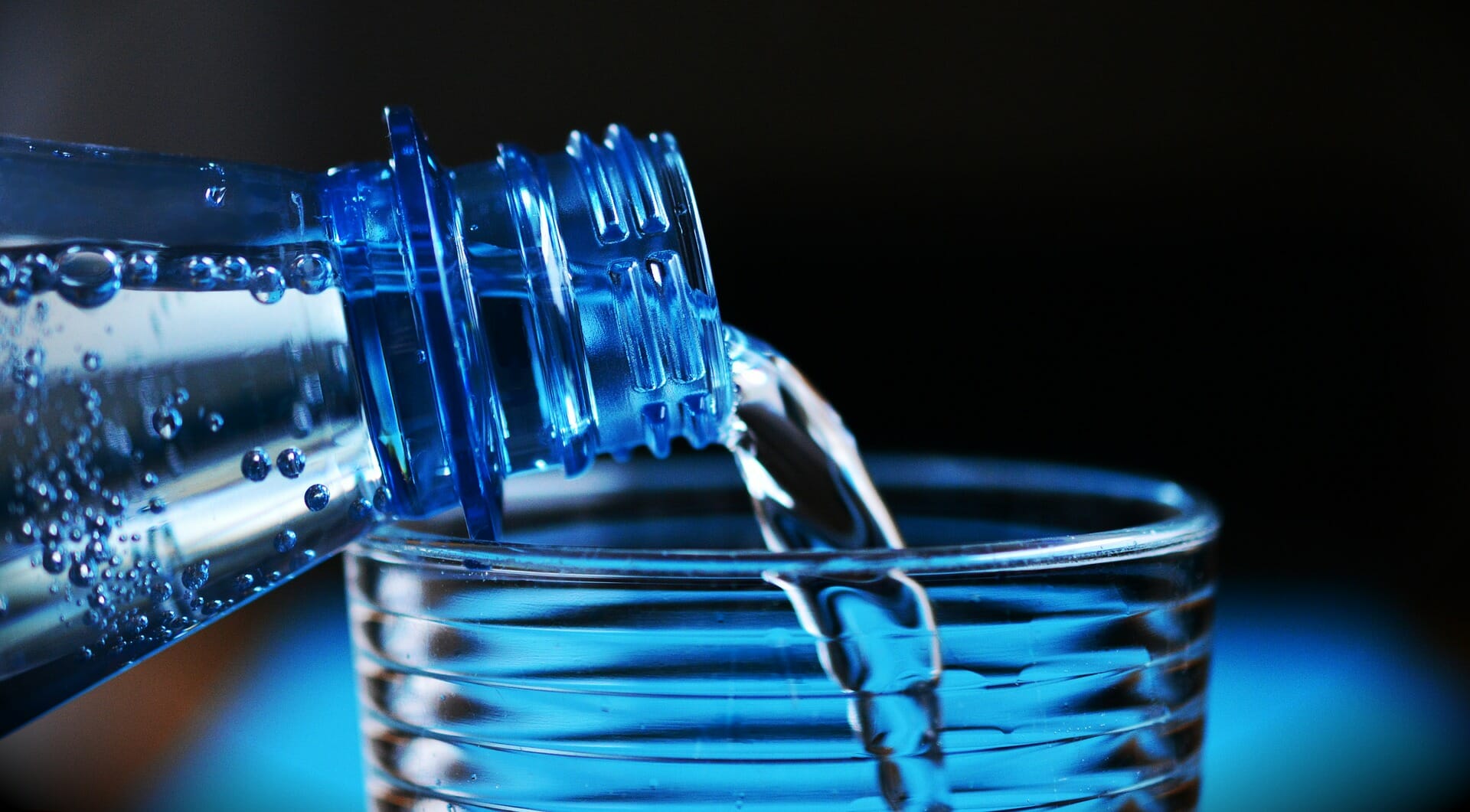
Since it came to prominence in the 1950s, plastic has become one of the most common and useful packaging materials thanks to its many benefits. The lightweight, durable, hygienic, and shatterproof properties of plastic make it ideal for use across a multitude of industries.
Over the years, plastic has had a bad rap, and other packaging options, such as glass, cardboard, and metal, are often seen as much more environmentally friendly. However, when you consider the full lifecycles of these materials and products, it’s not always that simple.
In this article, we’ll be discussing some common misconceptions around plastic, how it’s changing, and why it remains incredibly useful to us today.
Plastic doesn’t take a lot of energy to make.
One assumption made about plastic is that it requires a lot of energy to produce. Synthetic plastic is mainly manufactured from crude oil or natural gas, which is then refined into petroleum products and then turned into polymers through polymerisation. While the process of heating, cooling, and chemical treatment seems complicated and expensive, it is more efficient than other materials. An efficient manufacturing of plastic requires about 40% less energy than the manufacturing of cardboard. Glass is another material that requires a lot more natural resources and energy to produce, which according to one study, could have four times the impact compared to plastic production.
Materials such as glass and cardboard can also be heavier meaning that more fuel could be needed during transportation. Therefore, there will be more carbon emissions that occur outside of the manufacturing process.
Plastics are recyclable.
Unlike what you may have heard, most types of plastic are, in fact, recyclable.
However, it’s when items are made using a combination of different types of plastic and other additives and materials, that it gets more difficult and expensive to recycle them, which is why mono-material plastics have historically been more easily recycled by reprocessors. There’s also a limit on how many times plastic can be recycled before it can no longer be used, whereas other materials like aluminium and glass can be recycled almost infinitely. But the energy required to heat and melt them for recycling is much more than that required to recycle mono-material plastics, making the carbon footprint of recycling them much higher.
Contamination can also pose a huge problem. Dirt, food, or other contaminants make plastic difficult to recycle and adds £93 to each tonne of plastic waste’s disposal cost, according to the Local Government Association (LGA).
These factors, along with a general lack of awareness about the consequences of not recycling, have hampered efforts. Therefore, while plastic can be recycled, global rates remain very low. Only 9% of all plastic ever created has been recycled, according to the Organisation for Economic Co-operation and Development (OECD). In the UK, around 45% of plastic is recycled, leaving the other 55% to end up incinerated or in landfills and in the ocean
With aid from pioneering technologies, such as plastics made from only one type of material and new methods of recycling such as chemical recycling, it’s hoped that recycling rates and proper handling of plastic waste will only increase in the future.
Focusing on better recycling will also help to reduce energy consumption in the long run. Recycled plastic takes between 65% to 88% less energy to produce per ton of plastic than when it is made from raw materials.
Plastics cannot easily be replaced with more sustainable options.
There’s an appropriate packaging type for every product. While some things can be substituted or even go without packaging, sometimes plastic is the most appropriate.
When it comes to food, plastic can help keep it fresher for longer, especially for items that travel a long way before reaching shops. This has the effect of helping to reduce food waste, which is also a major source of carbon emissions.
Other types of plastic can also make for a much easier and practical consumer experience, such as hot fill PET packaging which is ideal for use with microwaves at home.
Plastic is also more suitable for medical applications than other materials. A lot of equipment and implements, such as syringes, are often made from plastic, which helps to keep everything sterile and reduces the risk of cross-contamination.
According to the British Plastics Federation, if plastics were substituted for alternative materials, the energy consumption of making those alternative products would rise by 57%.
There are ways to make plastic more sustainable.
When it comes to plastic and sustainability, the debate is much more complex than it might seem at first. There are a lot of steps in the lifecycles of various materials, and some create more waste and pollution than others.
Innovations are always occurring to lessen the impact of plastics. While synthetic plastic made from fossil fuels is still the most common, bio-based plastics (or bioplastics) are also becoming more prevalent. These are made from biological materials such as vegetable oils, potatoes, and sugar cane to name a few, and they require much less in the way of fossil fuels to make.
Nevertheless, any material or resource we take from nature should be used as many times as possible, so innovations in methods of reusing and recycling are also necessary. Chemical recycling could provide an answer to this and help to infinitely extend the lifecycle of plastics. Efforts are also being made to repurpose plastic more cleverly, using it to make building materials, including bricks for houses.
Plastic still has an important role to play in our future. Smarter handling and treatment of plastic is a much-needed step forward. For example, the total lifecycle carbon footprint could be used to better identify which packaging substrate is most appropriate for which product. This, along with continued innovation, will help towards building a more sustainable future for plastic packaging.
